Stem Cell Treatment for Stroke
Either the blockage of blood supply to a part of the brain or when a blood vessel in the brain ruptures causing bleeding lead to stroke. Cerebral neurons damage when they are deprived of oxygen. This results in the following symptoms: sudden numbness, muscle weakness, mostly on one side of the body, trouble in speaking or understanding speech, seeing, walking, coordination; or possibly death.
There are two forms of stroke:
- Ischemic stroke—results from interruption of blood supply to the brain
- Hemorrhagic stroke—results from rupture of a blood vessel in or around the brain
HOW STEM CELLS CAN HELP STROKE?
With the advancement of stem cell treatments in China now you have a novel treatment option for Stroke. Unlike the currently available conventional treatments, our stem cell regimen is different in the way that we target to repair the brain tissue damage itself and recover functions. Stem cell treatment focuses on the root of the problem and not just the symptoms.
Cell death occurs when cells are injured. However, these dead cells are surrounded by damaged and healthy cells. Stem cells have the potential to stimulate the healing of these injured cells by the secretion of cytokines, such as nerve growth factor to promote the body’s self-repair mechanisms.
OBJECTIVES
The objective of the treatment is to repair the injured cell area around the lesion. This will lead to improved symptoms mainly in physique and movements. The majority of patients show improvements right after the first or second transplant. They continue to improve for about 6 months to 1 year before the final results settle in. For Stroke patients the achieved results are permanent.
BENEFITS
As of July 2010, we have treated 103 stroke patients. Stem cell treatment has an effectiveness rate from 70.4 % to 73.8 % for cerebral infarction and cerebral hemorrhage. Most patients see improvement during hospitalization.
Inquiry Form
POSSIBLE IMPROVEMENTS FROM STEM CELL THERAPY
The purpose of our stem cell treatment is to restore neurological function in the brain/spinal cord lesion area, thus, various kinds of improvement are possible after our treatment and our past patients have experienced the following*:
- Better muscle tension
- Increased muscle strength
- Improved blood circulation in the periphery of limbs
- Improved coordination and body posture
- Ability to stand with less assistance
- Improved leg movements
It is important to remember that improvements experienced by patients diagnosed with hereditary ataxia may not be permanent, as stem cell treatments do not currently have any influence on the genetic origin of these specific types of ataxia. In such cases, periodic treatments may be required to keep a stable condition. Finally, as for any medical treatment, improvements cannot be guaranteed.
How Do We Help?
Not Only Stem Cells
The Nerve growth factor (NGF) is a member of the neurotrophic factor (neurotrophin, NTFS) family, which can prevent the death of nerve cells and has many features of typical neurotransmitter molecules. NGF plays an important role in the development and growth of nerve cells. NGF is synthesized and secreted by tissues (corneal epithelial, endothelial, and corneal stromal cells), and it can be up-taken by sympathetic or sensory nerve endings and then transported to be stored in neuronal cell bodies where it can promote the growth and differentiation of nerve cells.
NGF can exert neurotrophic effects on injured nerves and promote neurogenesis (the process of generating neurons from stem cells) that is closely related to the development and functional maintenance and repair of the central nervous system. It is also capable of promoting the regeneration of injured neurons in the peripheral nervous system, improving the pathology of neurons and protecting the nerves against hypoxia (lack of oxygen)/ischemia (lack of blood supply).
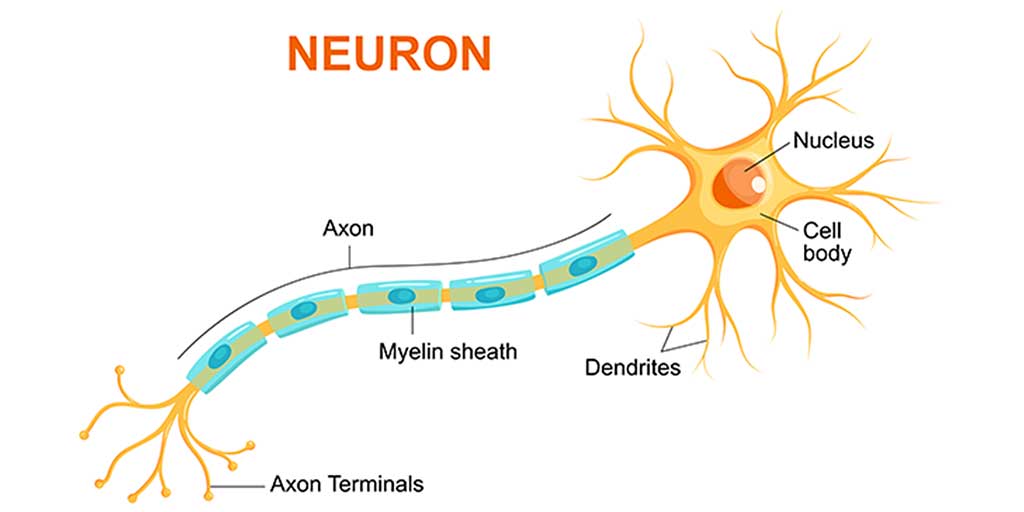
Acupuncture is a therapy in which thin needles are used to penetrate the skin at various depths in order to stimulate specific locations in the body. The insertion sites are called ‘acupuncture points’ and allow to simultaneously stimulate muscles, nerves and connective tissues. There are over 350 acupuncture points positioned on 12 meridians (pathways) throughout the body. Stimulation of these points activates the body’s natural painkillers as well as increasing blood flow. This is highly beneficial for stem cell patients as it increases movement of natural immune cells, anti-inflammatory cells and key nutrients, thereby accelerating recovery.
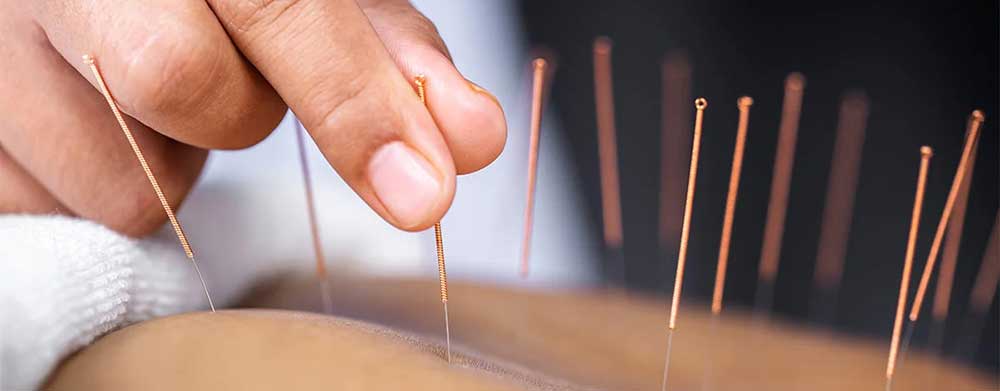
Aquatic Physical Therapy is the practice of physical therapy in a specifically designed water pool with a therapist. The unique properties of the aquatic environment enhance interventions for patients with neurological or musculoskeletal conditions. Aquatic therapy includes a wide range of techniques allowing patients to improve their balance, muscle strength and body mechanics. Aquatic therapy works to enhance the rehabilitation process and support effectiveness of stem cell treatment.

During a TMS session, an electromagnetic coil is placed against your scalp. The electromagnet painlessly delivers a magnetic pulse that stimulates nerve cells in the region of your brain involved in the patient’s medical condition, supporting recovery of the relating functions.
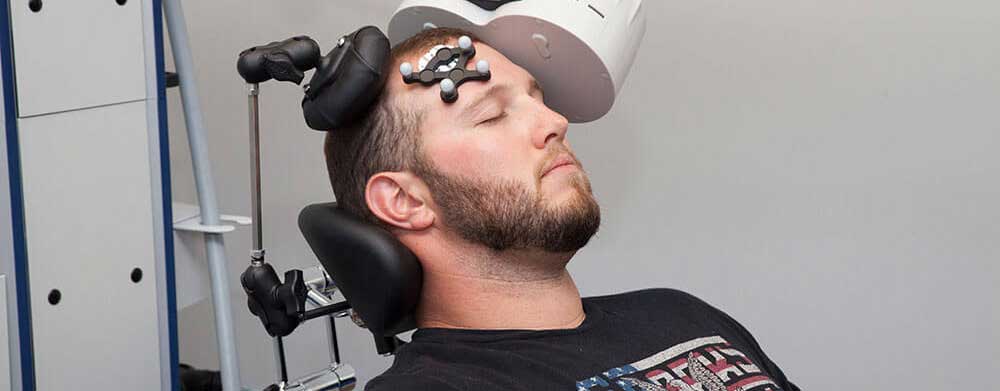
All body’s tissues need an adequate supply of oxygen to function properly. When tissues are injured, they require even more oxygen to survive. Hyperbaric oxygen therapy increases the amount of oxygen the blood can carry, allowing to restore normal levels of blood gases which in turns promote general tissue function. Optimal blood oxygen levels also then support the development of stem cells as well as survival of the newly generated cells.
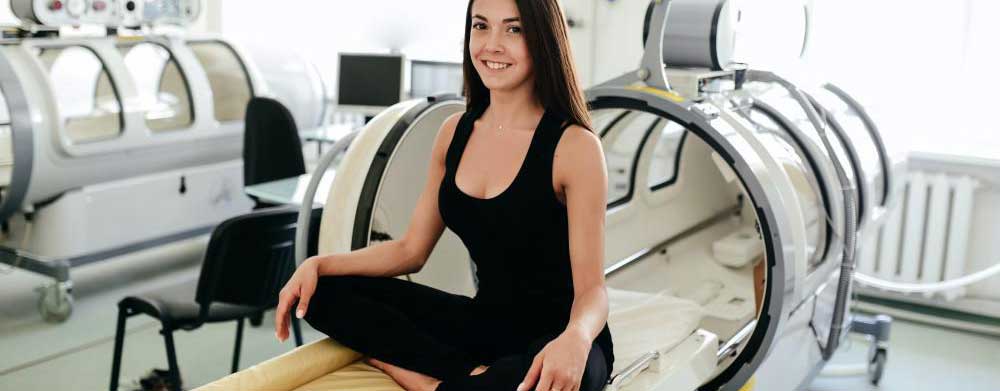
Physical therapy or physiotherapy (often abbreviated to PT) is a physical medicine and rehabilitation specialty that, by using mechanical force and movements, remediates impairments and promotes mobility, function, and quality of life through examination, diagnosis, prognosis, and physical intervention. We combine our PT with stem cells for maximum physical rehabilitation improvements.
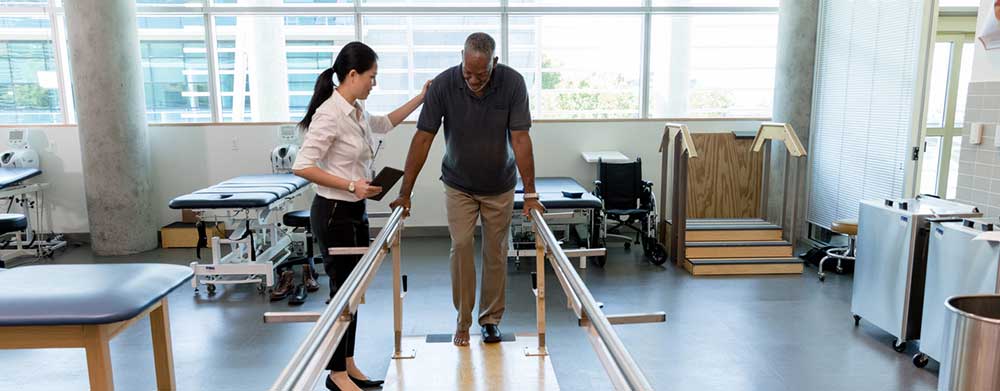
Occupational therapy interventions focus on adapting the environment, modifying the task and teaching the skill, in order to increase participation in and performance of daily activities, particularly those that are meaningful to the patient with physical, mental, or cognitive disorders. Our Occupational Therapists also focus much of their work on identifying and eliminating environmental barriers to independence and participation in daily activities, similar to everyday life.
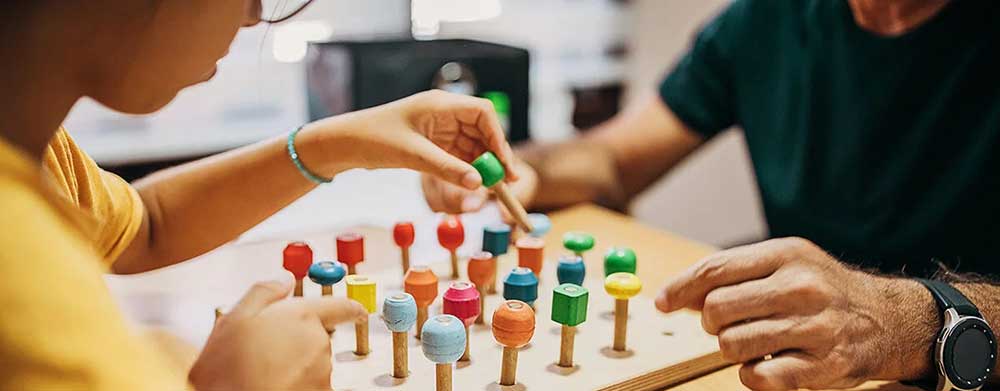
Medical nutrition therapy (MNT) is a therapeutic approach to treat medical conditions and their associated symptoms via the use of a specifically tailored diet devised and monitored by a specialist. The therapy aims at fixing nutritional deficiencies and physiological imbalances in order to provide the best environment possible for the stem cells to develop properly as well as improving patient’s general health.

Stroke Update
References
Research and studies about stem cells in the treatment of stroke.